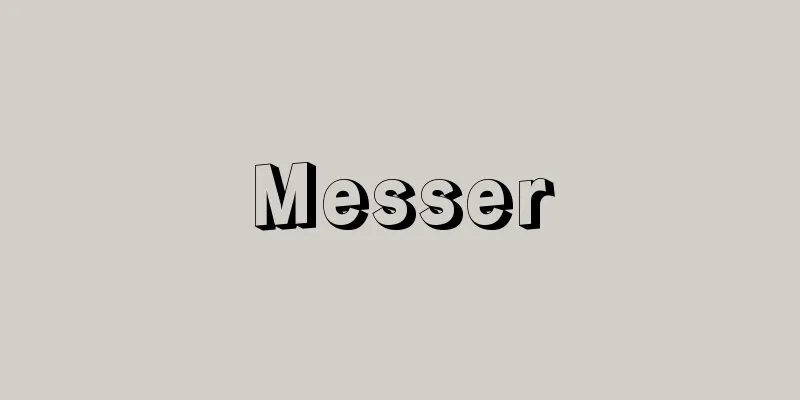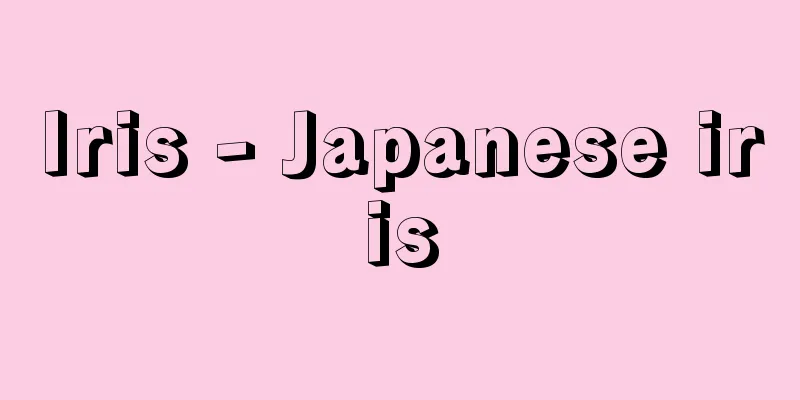Emergency hospital - Emergency hospital

|
An emergency hospital (emergency designated hospital) is a hospital that is responsible for providing medical care to injured or sick people transported by emergency teams, as defined by the Fire Service Act, meets the following four criteria, and whose operator has offered to cooperate with the prefectural governor regarding emergency services (Ministry of Health, Labour and Welfare Ordinance on Emergency Hospitals, etc.; revised in March 2007). (1) A doctor with sufficient knowledge and experience in emergency medical care must be on duty at all times. (2) Having X-ray equipment, electrocardiogram equipment, blood transfusion and infusion equipment, and other facilities and equipment necessary for providing emergency medical care. (3) Located in a location that allows easy transport of injured or sick persons by emergency teams, and has structures and facilities suitable for transporting injured or sick persons. (4) Having dedicated hospital beds for injured or sick persons requiring emergency medical care or hospital beds that are given priority use for such injured or sick persons. As of April 1, 2018, there were 3,949 emergency care hospitals nationwide (Fire and Disaster Management Agency White Paper 2018). The emergency medical system is established based on the division of functions among initial, secondary and tertiary emergency medical institutions. Initial emergency care (primary emergency care) is for patients who do not require hospitalization, and is handled by holiday and nighttime emergency centers and on-call doctors. Secondary emergency care is for patients who require hospitalization, and is handled by rotation hospitals and shared-use hospitals. Tertiary emergency care provides comprehensive advanced medical care to critical emergency patients across multiple medical fields who cannot be treated by secondary hospitals, and is handled by emergency medical centers. The emergency medical system is being reviewed due to the need to restructure the pediatric emergency medical system, improve emergency and critical care centers and advanced emergency medical centers, and restructure the medical cooperation system in line with the functional differentiation of medical institutions. In addition, since around 2006, cases have arisen in various areas where medical institutions were unable to promptly decide on a medical institution to accept injured or sick patients due to a shortage of doctors and other reasons (difficulty in selecting a medical institution to accept injured or sick patients). In response to this situation, each prefecture has formulated "Standards for the Transport and Acceptance of Injured and Sick Patients" and established "Councils on Implementation Standards" since 2009. The status of emergency transport is grasped through annual surveys, and measures such as strengthening the system of the "Council on Medical Control in Prehospital Medical Care (medical care for injured or sick patients during transport)" and providing subsidies to secondary emergency medical institutions are being implemented. [Yukihiro Maeda February 17, 2020] [Reference] |Source: Shogakukan Encyclopedia Nipponica About Encyclopedia Nipponica Information | Legend |
|
救急病院(救急告示病院)とは、消防法により定められた、救急隊によって搬送される傷病者の医療を担当する病院で、以下の四つの基準に該当し、その開設者から都道府県知事に対して救急業務に関し協力する旨の申し出のあったものである(救急病院等を定める厚生労働省令。2007年3月改正)。 (1)救急医療について相当の知識および経験を有する医師が常時診療に従事していること。 (2)X線装置、心電計、輸血および輸液のための設備その他救急医療を行うために必要な施設および設備を有すること。 (3)救急隊による傷病者の搬送に容易な場所に所在し、かつ、傷病者の搬入に適した構造設備を有すること。 (4)救急医療を要する傷病者のための専用病床または当該傷病者のために優先的に使用される病床を有すること。 救急告示病院数は、2018年(平成30)4月1日の時点で、全国で3949施設である(平成30年版消防白書)。 救急医療体制は、初期、二次、三次救急医療機関の機能分担に基づき構築されている。初期救急(一次救急)は、入院を必要としない患者を対象とするものであり、休日夜間急患センターや在宅当番医などが担当している。二次救急は入院治療を必要とする患者を対象とするものであり、病院群輪番制病院や共同利用型病院などが担当している。三次救急は、二次では対応できない複数の診療科領域にわたる重篤な救急患者に対し、高度な医療を総合的に提供するものであり、救命救急センターなどが担当している。 救急医療体制は、小児救急医療体制の再構築、救命救急センターと高度救命救急センターの充実、および医療機関の機能分化にあわせた医療連携体制の再構築の必要性などに伴い、見直しが検討されている。また、2006年ごろから、医師不足などの理由で、傷病者を受け入れる医療機関が速やかに決まらない事案(受入医療機関の選定困難事案)が各地で発生している状況を踏まえ、2009年以降、各都道府県において「傷病者の搬送及び傷病者の受入れの実施に関する基準」が策定され、「実施基準に関する協議会」が設置された。救急搬送の状況は、毎年の実態調査により把握され、「病院前医療(搬送途中の傷病者に対する医療)におけるメディカルコントロール協議会」の体制強化や二次救急医療機関への助成等の対策が進められている。 [前田幸宏 2020年2月17日] [参照項目] |出典 小学館 日本大百科全書(ニッポニカ)日本大百科全書(ニッポニカ)について 情報 | 凡例 |
<<: Kyukyo Movement - Kyukyo Movement
>>: First aid kit - Kyukyuubako
Recommend
Dionysius [I] - Dionysius
Tyrant of Syracuse. He used the common people to g...
Horaiji Temple
The head temple of the Shingon sect Gochi sect is...
Wise, J. (Aviation) (English spelling)
…However, since it had no propulsion system, it c...
Standard light source
A light source specified for use when observing t...
White-tailed deer
It is an animal of the Cervidae family of the ord...
Lychnissenno haegeana (English spelling) Lychnissennohaegeana
…[Eiji Miki] [Munemin Yanagi]. … *Some of the ter...
Toji Temple
This temple is located in Kujo-cho, Minami-ku, Ky...
Stable operation - Anteisousa
A series of buying and selling transactions conduc...
Kan'gakuin documents - Kan'gakuin Monjo
…Most of these three collections of precious wood...
Sedum sarmentosum (English spelling) Sedum sarmentosum
… [Hiroshi Yuasa]. … *Some of the terminology tha...
Volcanic disaster
Disasters caused by volcanic activity. They are ca...
Administrative audit - Gyoseikansa
Administrative audits are conducted to investigate...
Granulation
…Translation of the English word filigree, derive...
Ion beam
A beam-like stream obtained by accelerating ions e...
n-type semiconductor
…An impurity that supplies electrons as carriers ...









